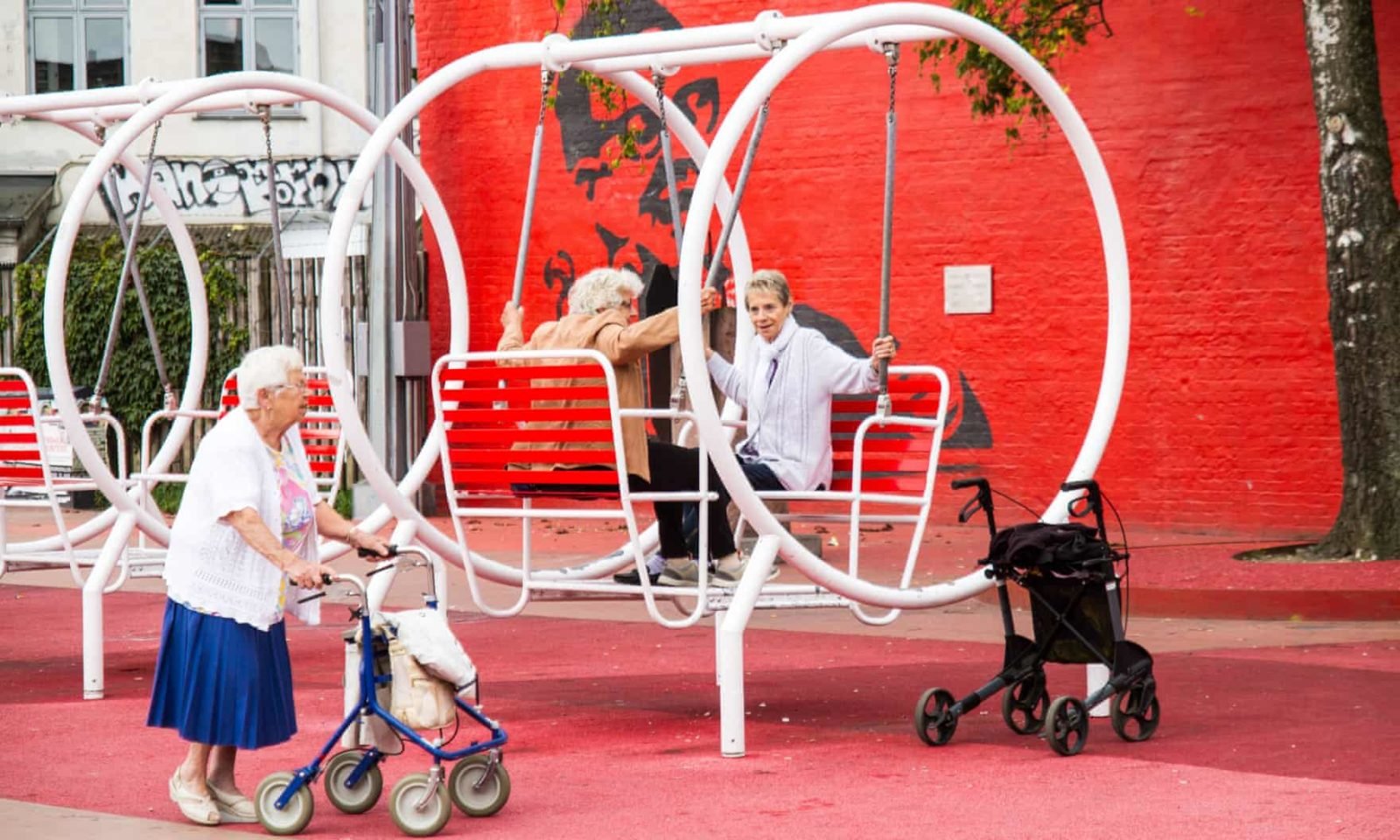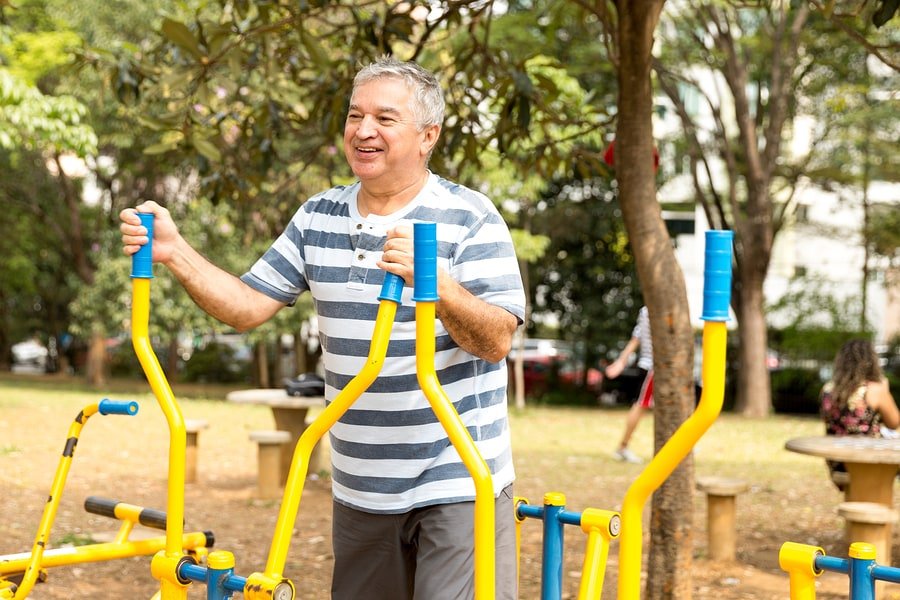How Cities Are Keeping the Elderly Happy and Healthy With Senior Playgrounds

Inspired by a long-standing feature of Chinese public parks, cities around the world seek to keep ageing populations healthy with dedicated senior playgrounds.
When Jay Maddock, a professor at Texas A&M University, realised that half of the people using the local parks in Nanchang, China, were older adults, he was nothing less than intrigued. He decided to dig deeper, and it turned out that while 50% of users in the Chinese city were the older people, no US study has found more than 15%. The image of large groups of pensioners meeting early every morning for the daily workout routine has started to be replicated not only across China, but also around the world with senior playgrounds popping out.

Cities such as Berlin, London or Toronto have their own dedicated senior playgrounds that create an environment in which the elderly can feel confident exercising, taking advantage of equipment like ellipticals and pulldown machines aimed at a light cardio workout. However, the idea alone is not enough. Along with culture, it is also location, design, amenities and accessibility that most influence the park’s users.
One of the long-term effects of building such playgrounds is simply fewer costs for public healthcare because when older people exercise more, they stay healthier. Moreover, studies show that the elderly obviously need exercise, social connection and being outdoors. Senior playgrounds are then not only a great opportunity for older people to be active but also are a great feature for cities, especially as the growth of urban population will drive the need for more exercise spaces like that.



